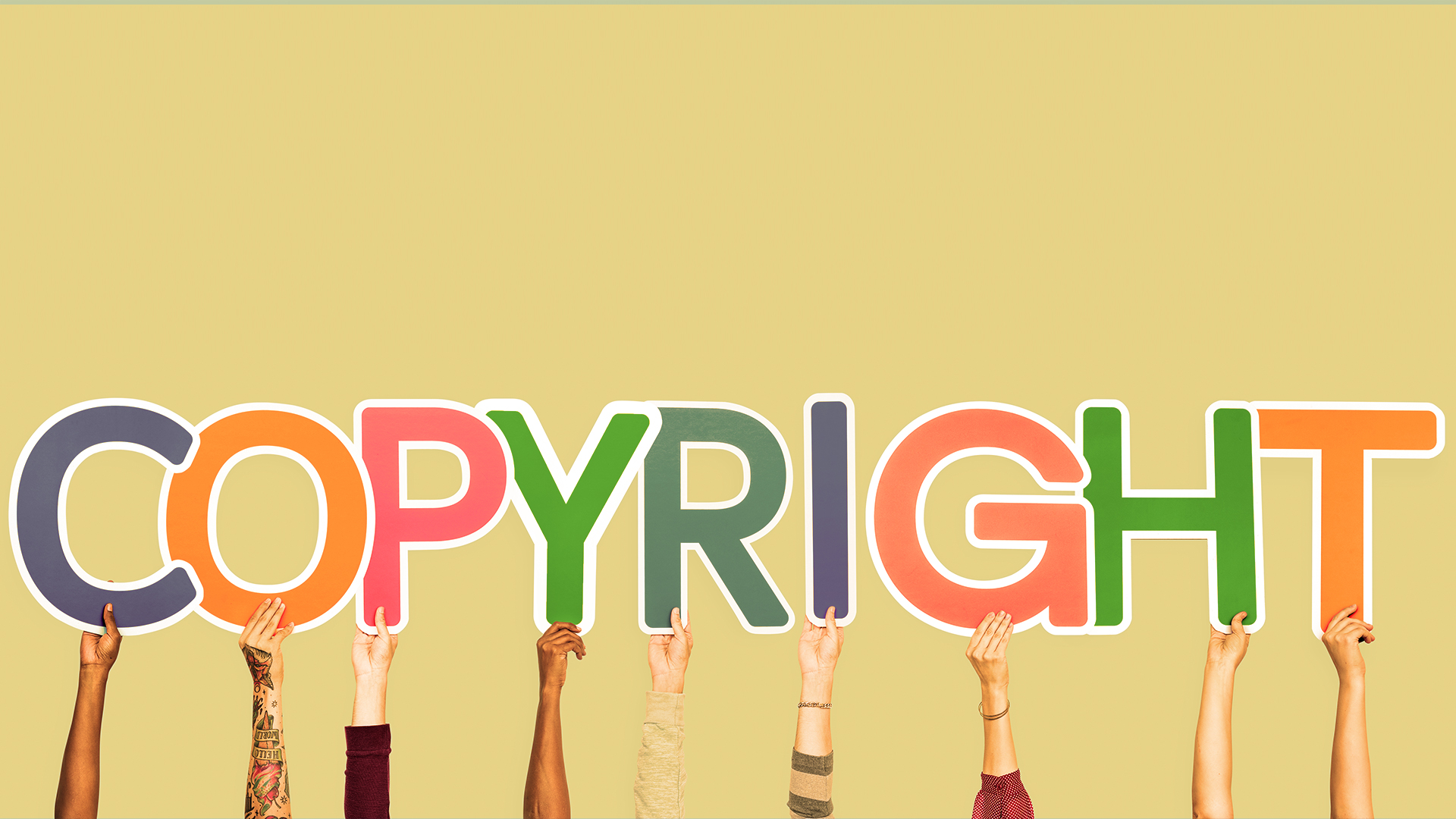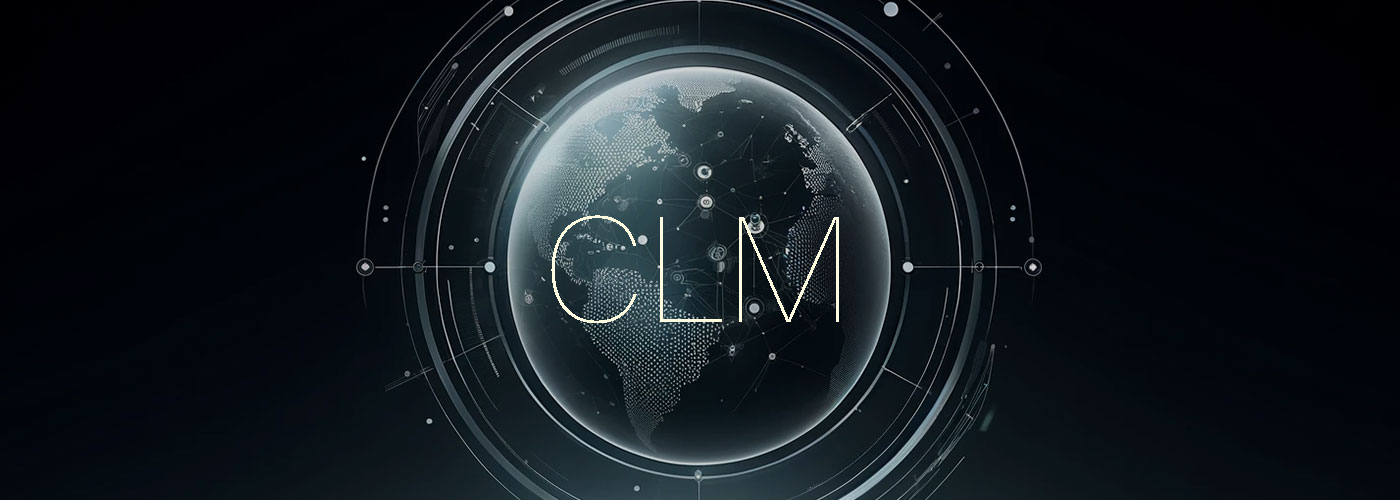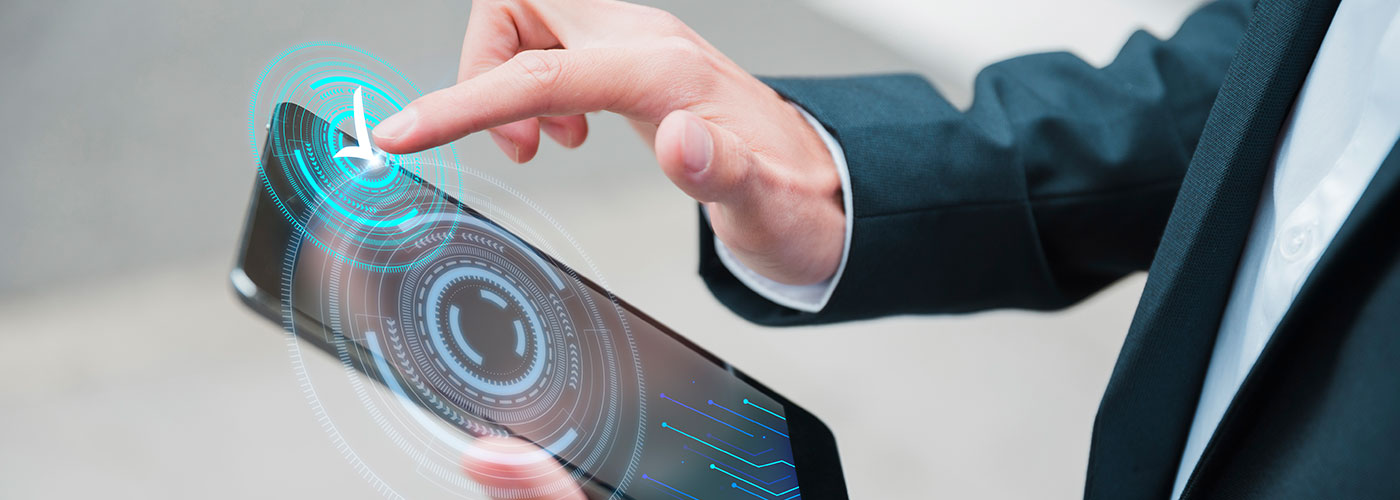The Digital Millennium Copyright Act (DMCA) of 1998 checks the piracy of copyrighted work. Its anti-circumvention provision makes it illegal to bypass cyber firewalls or to distribute tools that enable such bypasses.[1]
An Introduction to Copyright
A copyright is a bundle of exclusive rights that enforces the legal rights of an author, artist, composer or creator, and regulates the use of his/her work by others.[1] Without the creator’s permission, a copyrighted work cannot be reproduced, distributed, or adopted by others. Copyright law protects literary, dramatic, artistic, and musical works, and computer programs. Any original work of writing can be copyrighted unless clearly indicated as freeware.[2]
A copyright owner has the exclusive right to reproduce the work by making and distributing copies to the public through renting, sales, or donations, to derive works from the original, and to publicly perform or display the work.[3] Generally, the creator owns the copyright, but if he creates it in the course of employment or under an appropriate contract, the employer or the contracting party owns the copyright. In case of works created collaboratively, co-creators jointly own the copyright.[4]
Like any other property, a copyright holder can sell or hand over the copyright to someone else. A proper copyright notice generally requires the symbol “©” or the word “Copyright,” together with the copyright holder’s name and the year of first publication.[5] The notice informs others of the copyright and prevents innocent infringement. For works created in 1978 or thereafter, the copyright term begins upon creation and the term continues for the life of the author plus 70 years.[6] For pseudonymous or anonymous works, and works made for hire, the term continues until 95 years from first publication or 120 years from creation, whichever expires first.[7] A copyright owner is entitled to prohibit downloading and printing.
Fair Use of Copyrighted Material
In copyright infringement litigation, there exists an affirmative defense called fair use. Fair use is the right to use a copyrighted work under certain conditions without permission from the copyright owner. The doctrine permits the use of works in a manner that does not unfairly dispossess any rights of previous copyright owners. It prevents the rigid application of copyright law that would otherwise suppress the very creativity the law is designed for.
It is sometimes challenging to determine the fair use of a product. One can use a copyrighted work in a way that appears to be legal, but still be subject to a lawsuit.[8] For example, a movie critic decrypts a film in a CD, places the data on his computer, trims down the film to a 30 second clip, and puts the writing and clip on the internet. It may seem that the fair use defense protects his action, but in fact, he becomes liable for ripping the data from the CD.[9] To ease application of fair use, the Court usually uses the fair use test (built on a framework of four determinants) to evaluate copyright cases.
Fair Use Test
The fair use defense is now codified in Section 107 of the Copyright Act. The statute provides that fair use of a work “for purposes such as criticism, comment, news reporting, teaching is not an infringement of copyright”. To determine whether a given use is fair use, one must consider the following four factors:
- Purpose and Character of Use[10] This factor commonly focuses on whether the use is commercial or non-commercial, and transformative or non-transformative. Commercial use of a product generates profits and has a low chance of being fair use, while non-commercial use of a product has high chances of being fair use. If additions are made to the work without substituting the original use of the work, they are considered transformative and of fair use, while if the work is reproduced as is then it is non-transformative, and highly likely to be non-fair use.
- Nature of the Copyrighted Work[11] The second factor focuses on the degree of originality and the publication status of the copyrighted work. The more creative a copyrighted work, higher the finding of fair use. Factual works favor a fair use finding while the use of unpublished works is less likely to be fair use. However, this factor is typically the least important of the four fair use factors.
- Amount and Significance of Work Used[12] This factor contemplates the volume and significance of the copyrighted work that was used. If the amount used is very small compared to the copyrighted work, it is likely to favor a finding of fair use, but if vast, the finding will favor the copyright owner. If the portion used was small but the most important part of the work, this will weigh against a finding of fair use.
- Effect on the Market[13] The fourth factor considers whether the defendant’s actions damage existing or prospective markets for the copyright owner. If the use harms the copyright owner’s current or potential market in any way, it will weigh against fair use.
These factors are the primary, and in many cases, the only factors courts examine. One must consider the following aspects while using these four factors.
- What to consider while applying the first factor—purpose and character of use[14] One must consider if use of the copyrighted work advances a socially beneficial activity listed in the statute such as criticism, comment, news reporting, teaching, scholarship, or research. While most commercial and non-transformative use of work is not fair use, there are a few exceptions. For eg: Courts rule the reproduction of multiple copies for classroom distribution (non-transformative) as fair use in suitable situations, whereas when this distribution rakes in profits, it becomes non- fair use. The Supreme Court has stated that the more transformative the new work, the lower the chances of a fair use finding. Also, the more transformative the secondary use, the less likely it can substitute the original or cause direct market harm. Other factors to consider are whether the use is reasonable and customary, or if the alleged fair user has acted in bad faith or denied credit to the author of the copyrighted work.
- What to consider while applying the second factor—nature of the copyrighted work[15] Courts grant more protection to unpublished works, but reproduction of a previously published work that is no longer being printed (and hence unavailable) may favor fair use. Works that are creative take precedence over those that are realistic. This is in keeping with the general principle that copyright protects expression rather than ideas or facts.
- What to consider while applying the third factor—amount and significance of work used[16] The connection between the purpose and portion of use arises while applying the third factor. The amount of use varies with respect to the purpose of use. Taking more of the copyrighted work than required will weigh against fair use.
- What to consider while applying the fourth fair use factor—effect on the market[17] Potential impact plays a big role while applying the fourth factor. For eg: if every use that is regarded as fair use has a potential market, the fourth factor would favor the copyright owner since he/she would suffer the loss of a licensing fee upon each use. Uses that threaten the copyrighted work in its original market or an established derivative market are recognized as non-fair use under this factor.
Fair Use and Multimedia
Determination of fair use in the case of multimedia content is different from that of textual materials.[18] For eg: an image may be subject to two different copyrights, one for the underlying work of art and the other for the photograph. Institutions tend to use the whole image but typically render it in a lower resolution; this cannot harm the existing market for the image, which copyright holders sell or license only in high resolution, and thus, it is fair use.[19] If the item passes the four-factor test, the user must be able to avail permission to use the material.
Conclusion
To ensure fair use, the copyright holder must consent to the use of his work. If the copyright holder does not agree that the use qualifies as “fair”, legal action can be brought against the user.[20] The fair use test needs a valuation of all its determinant factors. The courts have repeatedly stated that although these factors are guidelines, each case needs distinctive analysis.[21] For reaching a fair use determination, one must explore all the factors, and weigh all the results together, in order to best achieve the goal of copyright law to “promote the progress of science and useful arts” (U.S. Const., art. I, § 8, cl. 8).[22]
References
1 https://ogc.harvard.edu/files/ogc/files/ogc_copyright_and_fair_use_guide_5-31-16.pdf
2 17 U.S. Code § 102 • Subject matter of copyright: In general
6 17 U.S. Code § 302 · Duration of copyright: Works created on or after January 1, 1978 (a)
11 https://copyrightalliance.org/ca_faq_post/what-is-fair-use/



